
Step-by-Step Process of Professional Water Filtration Installation: From Novice to Expert
TL;DR: This guide covers the importance of installing a water filtration system in your home, especially in places like Arizona where water hardness is a concern. With up to 45% of US tap water containing ‘forever chemicals’, having a filtration system is crucial. Key points include choosing the right installation spot, ensuring accessibility and space, preparing with the necessary tools, and following a step-by-step installation process. Post-installation, it’s vital to flush the system, check for leaks, and regularly replace filters. For professional installation, Semper Fi Heating & Cooling offers expert services in Arizona.
Turning on your kitchen tap and seeing pure, soft water flowing out can make you feel confident you’re safeguarding your family’s health. However, the latest tests suggest that at least 45% of US tap water contains ‘forever chemicals’.
Besides, in Arizona, water hardness levels can climb as high as 20 GPG, so naturally, you want to change this. A water filtration system comes up as an excellent solution. Still, expert guidance is vital as more households seek to enhance their water quality through reverse osmosis, water softening, and carbon filtering.
In this article, you’ll learn how to choose the perfect spot for your system and master installation techniques involving copper pipes and specialized plumbing tools.
Choosing the Right Spot for Your Water Filtration System
First, when preparing for the installation of the filtration system, you must decide where to place it. This will affect how well it works and how easy it is to maintain.
Accessibility Considerations
When selecting the ideal location for your water filtration system, ensuring easy access is crucial for ongoing maintenance and efficiency. Choose a spot where you can easily access the filter for maintenance and replacements.
Space Requirements
Available space is a significant factor in deciding where to install your water filtration system. Ensure there is enough room to accommodate the unit and any associated components, such as the mineral tank and pressure tank. It’s typically advisable to install the system in a utility room or basement, where there is sufficient space and easy access to water and electrical outlets.
Proximity to Main Water Shut-off Valve
Ideally, install your water filtration system in close proximity to the main shut-off valve. This location minimizes the need for extensive plumbing modifications and ensures that all water entering your home is processed through the filter. This valve is usually placed in the basement or a utility closet outside the house. If such a spot isn’t available, a vertical pipe section can be modified to create a suitable installation point.
Preparing for Installation
Proper preparation ensures a smooth installation. Let’s examine what you need to do.
Tools and Materials Needed
When installing the water filter, you must gather all the necessary tools and materials. You will need a table or stool to support the unit while attaching it to the wall, a tech gun for securing the unit with tek screws, and a drill for creating pilot holes.
Bolts, a level, and a plumber’s thread tape are essential for ensuring the unit is securely and properly installed. Additionally, steel nipples, a crescent tool for tightening, a pencil, measuring tape, a water filter housing tool, grease, and a hacksaw for cutting a 3/4-inch pipe are required. Having these tools at hand makes the installation process easier and quicker.
Shutting Off the Water Supply
The main water supply needs to be switched off. This can often be done by locating the main water shut-off valve near your water meter, which can be a ball valve or an angle stop valve.
Turn the valve handle or wheel to the right to stop until the water flow stops. If you’re working on a specific fixture, you might only need to shut off the water supply to that fixture using its own valve, which is located behind or beneath it and has a handle or knob.
Draining the System
After turning off the water supply, if your house has a drain valve just after the shut-off valve, connect a hose to it and drain the system into a sink, a bucket, or outside. Opening a fixture on the upper floor will help ensure all the water drains out. This step is key to avoiding water spillage when cutting into pipes during the installation process.
Step-by-Step Installation Process
It’s important to follow the steps of the process correctly. This ensures your water filtration system will not show signs of a problem as soon as you finish your work.
Removing a Section of Pipe
Use a pipe cutter to carefully cut out the marked section of pipe designated for your filtration system. Precise removal is crucial to ensure proper alignment of the new fittings. Place a bucket to protect from water spills.
Installing Tees and By-Pass Shut-Off Valve
After removing the necessary section of pipe, proceed to install copper tees on each side of the cut. These tees will serve as connection points for the by-pass shut-off valve, essential for maintenance and filter replacement without disrupting the water supply. The by-pass valve needs to be in the open position before you continue.
Adding Shut-Off Valves
For added convenience and safety, install shut-off valves on either side of the filtration system. This allows you to easily control water flow when servicing the system. Ensure these valves are accessible and properly aligned with the rest of the plumbing.
Soldering the Connections
Prepare the connections by cleaning and deburring the cut pipe ends. Apply flux to the inside of the fittings and the outside of the pipe before heating them with a propane torch. Once hot enough, apply lead-free solder to create a watertight seal. Remember to solder fittings before attaching them to the filter to avoid damaging internal components.
Attaching Grounding Jumper Cable
If your home uses metal water pipes as the electrical ground, it’s crucial to maintain this grounding path. After installing the water filter, attach grounding clamps to the metal pipe on either side of the filter. Secure a length of heavy-gauge copper wire between the clamps to maintain proper grounding of the electrical system.
Post-Installation Testing
Test your work to see if it was successful. If it doesn’t go well, you should be prepared to reevaluate your work.
Flushing the System
After successfully installing your water filtration system, the first step in ensuring its effectiveness is flushing the system. Run the system for a few minutes, then check the water quality to ensure it meets safety standards. This step is important for both whole-house systems and under-sink filters to guarantee the purity of your water.
Checking for Leaks
Once the system has been flushed, it’s important to check for any leaks in the plumbing connections. See if you can find signs of dripping and damage. Ensuring all connections are secure and leak-free is essential to maintain the integrity of your water filtration system and prevent potential water damage.
Replacing Filters
The filters within your water filtration system play a significant role in purifying your water and must be replaced periodically. How frequently you replace your filters depends on the type of system and the quality of the water being filtered. Regular filter replacement is vital to sustain the system’s efficiency and ensure the continued provision of clean, safe drinking water.
Professional Water Filtration Installation in Arizona
This article provides a guide to the step-by-step process of professional water filtration installation, ensuring clean and safe drinking water for your home. If you want things done right, however, call in the professionals.
At Semper Fi Heating & Cooling, we offer quality services in water filtration installation, HVAC systems, and plumbing solutions, providing the best assistance in the region. Don’t wait to improve your water quality—call us now to schedule your installation and experience the best in-home service solutions.
Table of Contents
Other Blogs You May Be Interested In
Categories


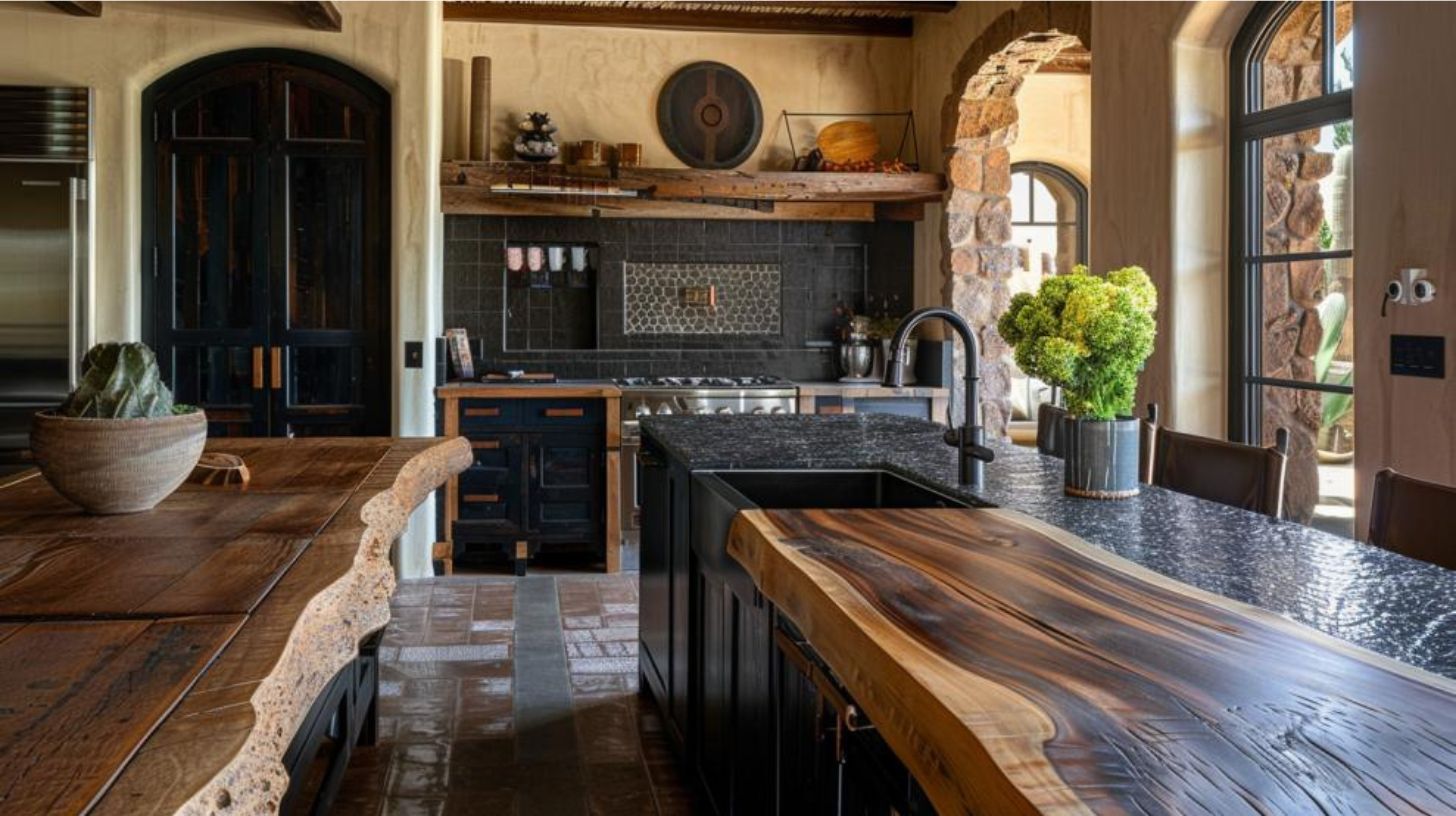
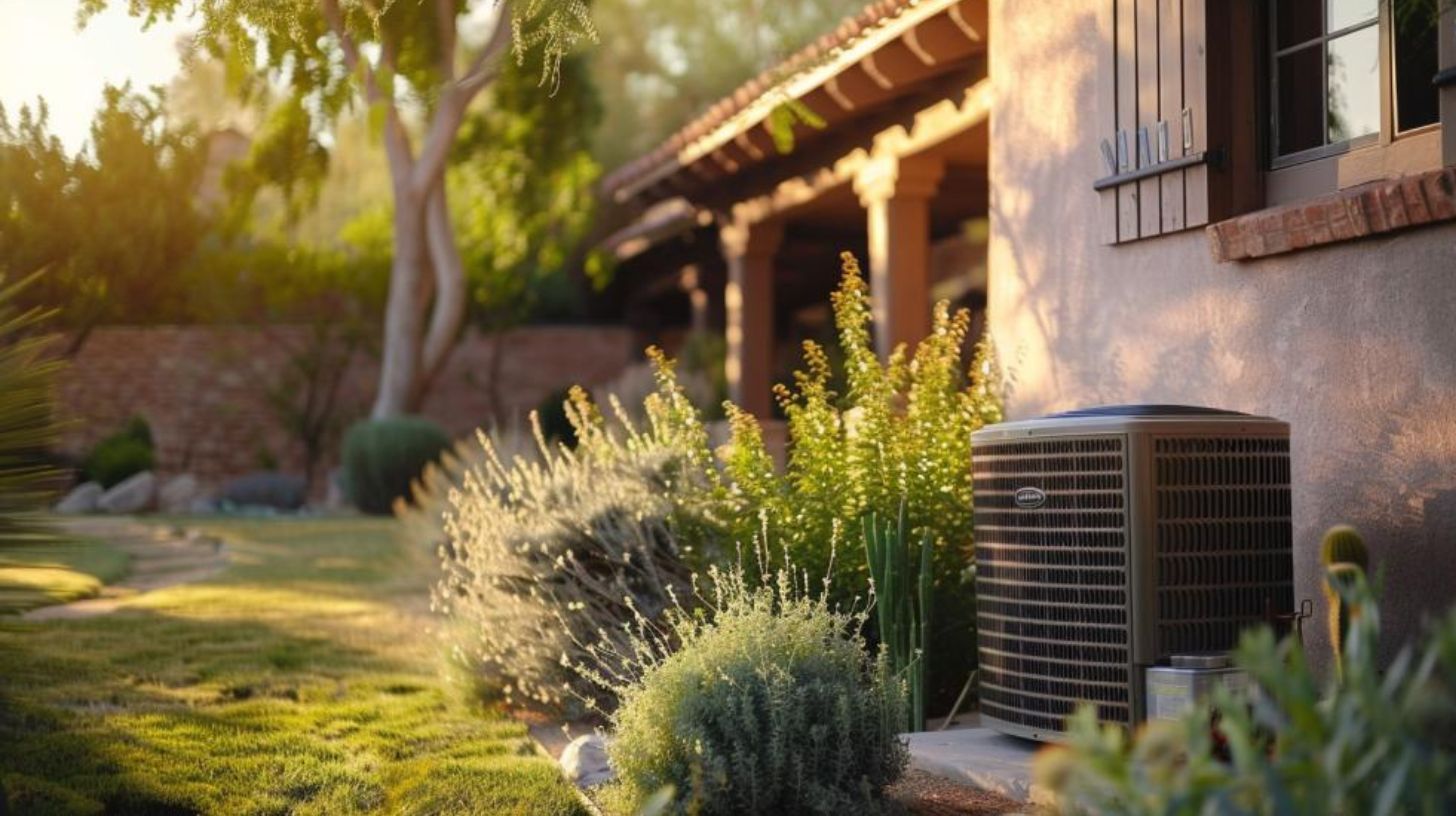
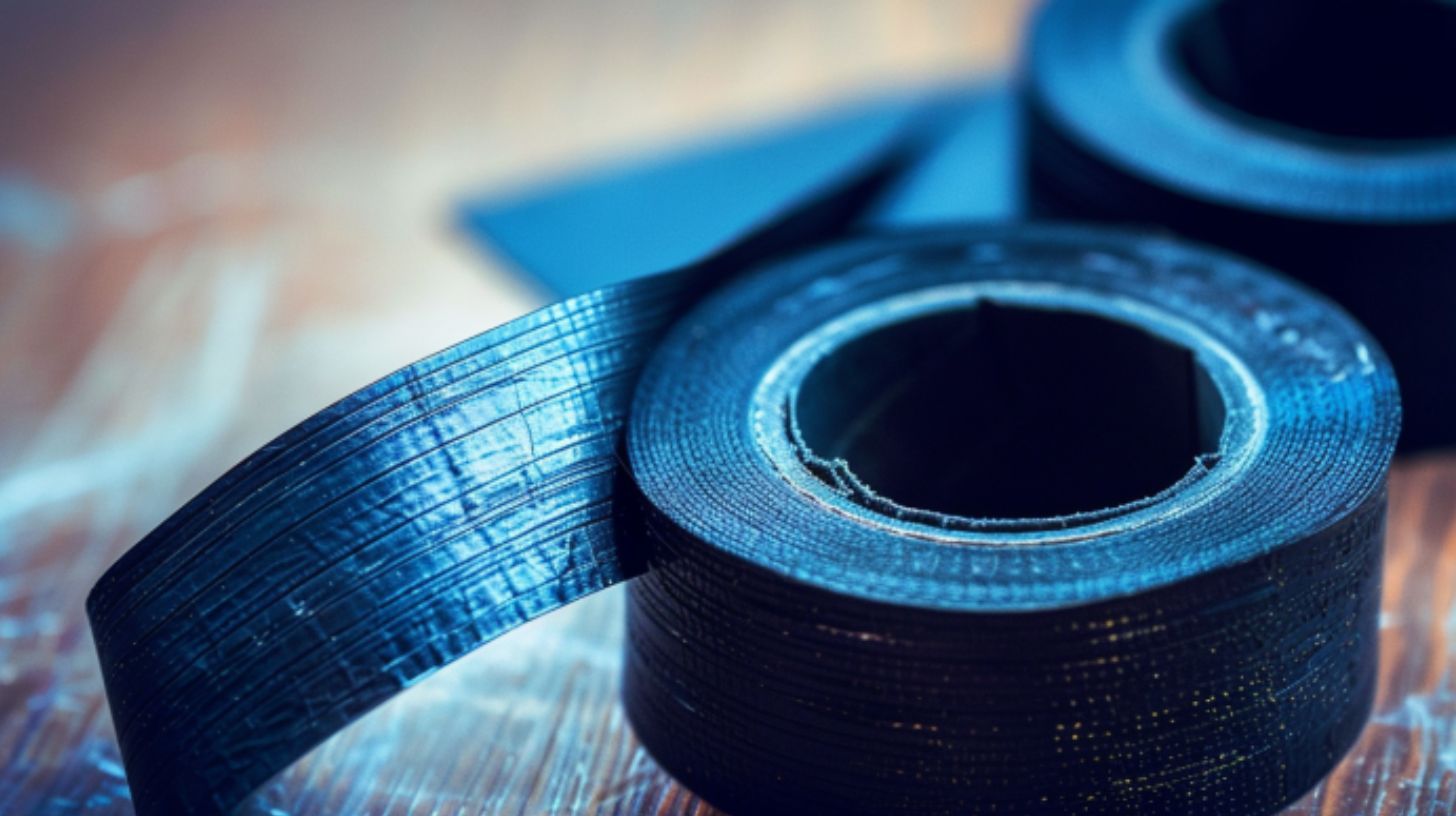
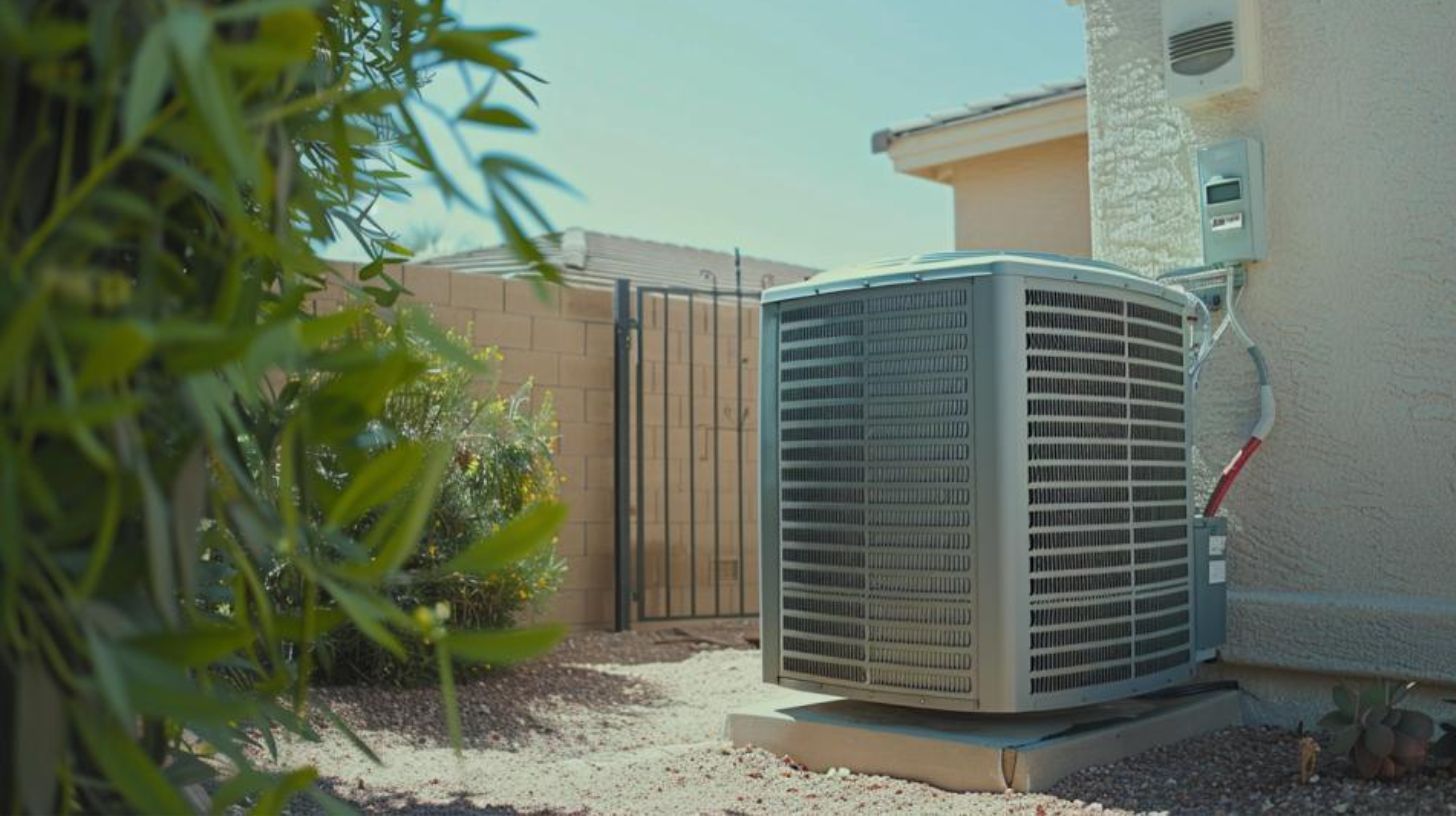
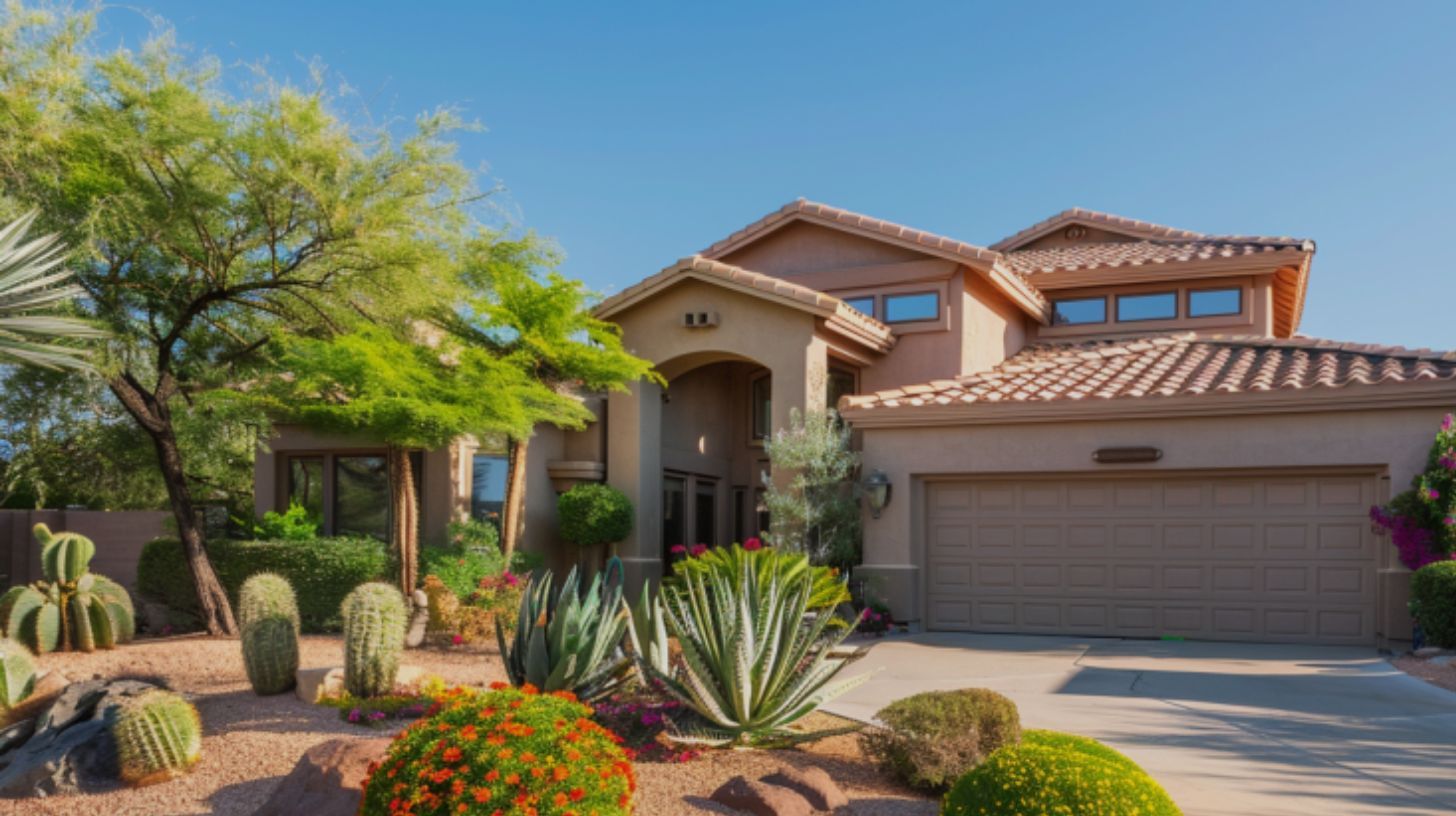
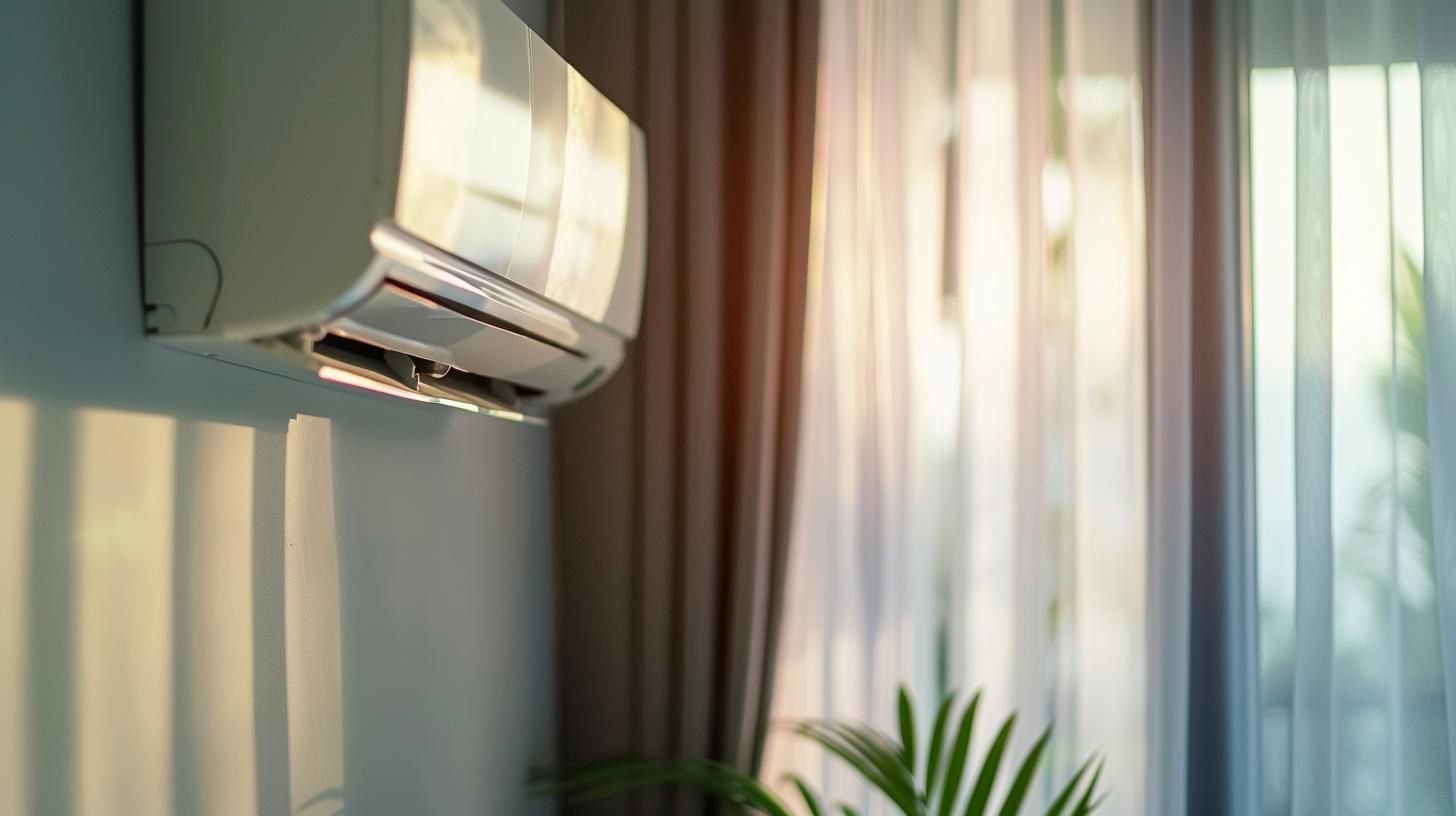
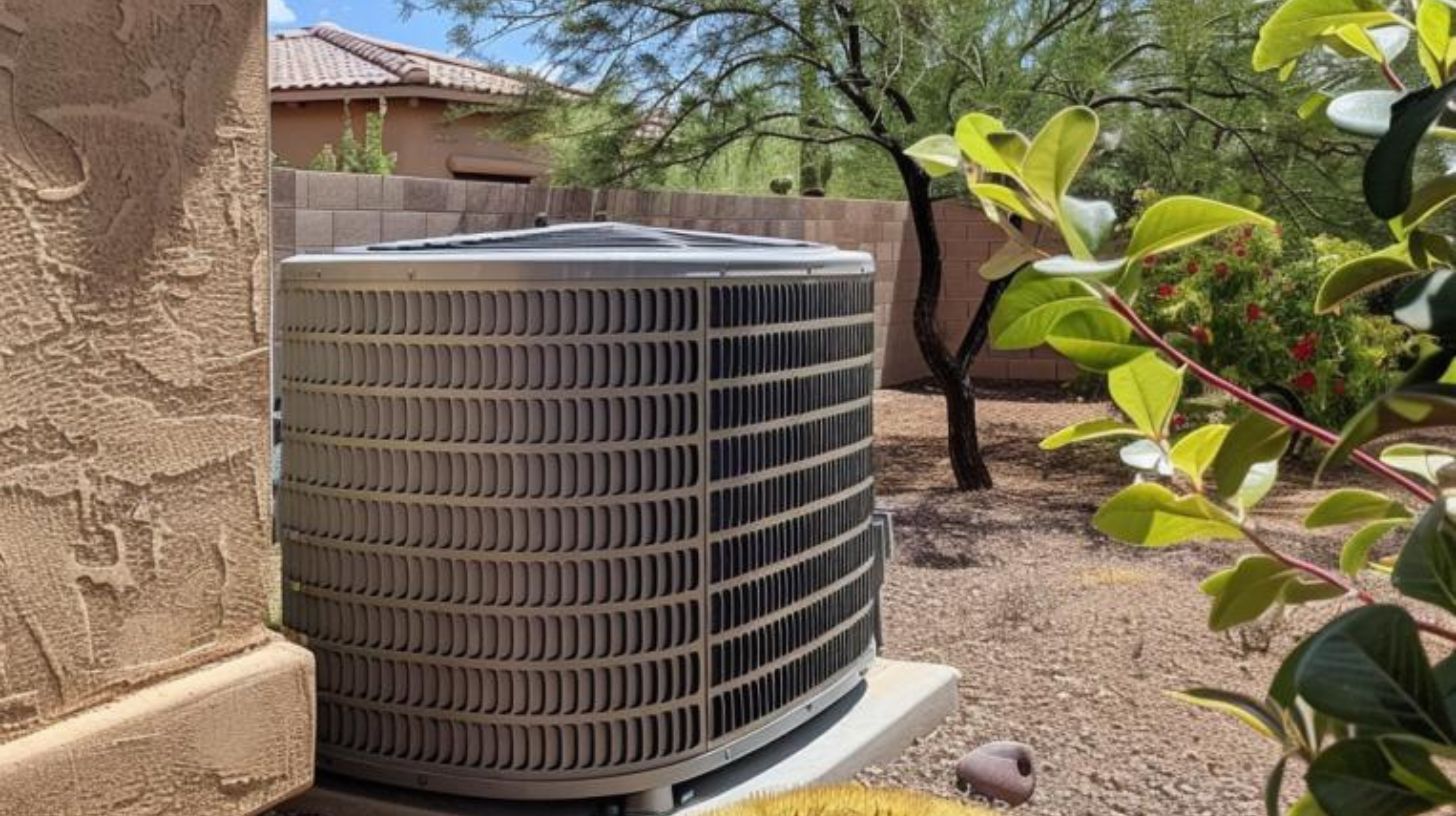
Leave a Reply